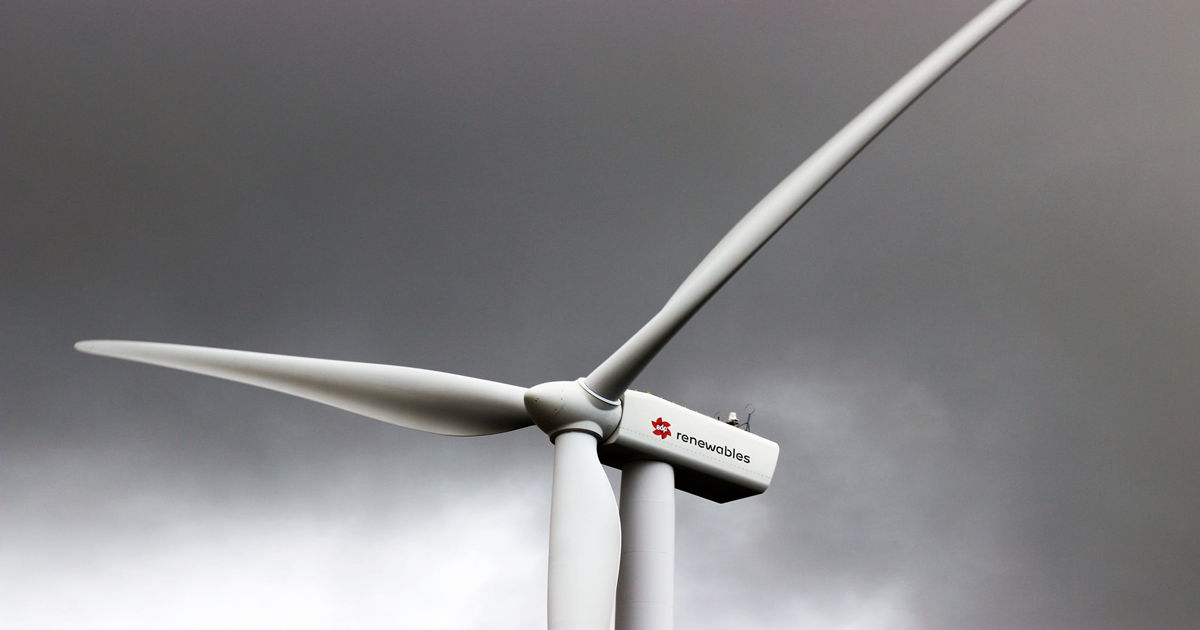Offshore Wind Turbine Dynamic Analysis
A special issue of Journal of Marine Science and Engineering (ISSN 2077-1312). This special issue belongs to the section "Coastal Engineering".
Deadline for manuscript submissions: closed (10 November 2021) | Viewed by 37067

Special Issue Editor
Interests: offshore hydrodynamics; wave–structure interaction; offshore floating wind; wave-induced loads; wind-induced loads; seakeeping; mooring analysis; wave energy arrays; numerical modeling
Special Issues, Collections and Topics in MDPI journals
Special Issue Information
Dear Colleagues,
Offshore wind energy has rapidly progressed in the past decade. As many countries (UK, China, Japan, Norway, Canada, and countries in the European Union, etc.) have announced their target to achieve carbon neutrality around 2050~2060. The development of offshore wind technology is expected to embrace greater prosperity in the upcoming decades.
We look forward to receiving your contribution on state of the art and perspectives on the modelling, experiment and analysis of offshore wind turbines and all related topics, such as hydrodynamics, aerodynamics, control, moorings, structural analysis, turbine design, wind farm, and review articles, etc.
This Special Issue will publish papers on research frontiers with respect to the above subjects, to provide a rapid processing time regarding reviewing and publishing, to disseminate the articles freely for research, teaching, and reference purposes, as well as to achieve an increasing research impact.
Dr. Yingyi Liu
Guest Editor
Manuscript Submission Information
Manuscripts should be submitted online at www.mdpi.com by registering and logging in to this website. Once you are registered, click here to go to the submission form. Manuscripts can be submitted until the deadline. All submissions that pass pre-check are peer-reviewed. Accepted papers will be published continuously in the journal (as soon as accepted) and will be listed together on the special issue website. Research articles, review articles as well as short communications are invited. For planned papers, a title and short abstract (about 100 words) can be sent to the Editorial Office for announcement on this website.
Submitted manuscripts should not have been published previously, nor be under consideration for publication elsewhere (except conference proceedings papers). All manuscripts are thoroughly refereed through a single-blind peer-review process. A guide for authors and other relevant information for submission of manuscripts is available on the Instructions for Authors page. Journal of Marine Science and Engineering is an international peer-reviewed open access monthly journal published by MDPI.
Please visit the Instructions for Authors page before submitting a manuscript. The Article Processing Charge (APC) for publication in this open access journal is 2600 CHF (Swiss Francs). Submitted papers should be well formatted and use good English. Authors may use MDPI's English editing service prior to publication or during author revisions.
Keywords
- floating offshore wind turbines
- bottom-mounted offshore wind turbines
- numerical modelling
- experimental modelling
- new wind turbine concept
- hydrodynamic modelling/analysis
- aerodynamic modelling/analysis
- structural modelling/analysis
- mooring modelling and design
- control algorithm/strategy
Benefits of Publishing in a Special Issue
- Ease of navigation: Grouping papers by topic helps scholars navigate broad scope journals more efficiently.
- Greater discoverability: Special Issues support the reach and impact of scientific research. Articles in Special Issues are more discoverable and cited more frequently.
- Expansion of research network: Special Issues facilitate connections among authors, fostering scientific collaborations.
- External promotion: Articles in Special Issues are often promoted through the journal's social media, increasing their visibility.
- Reprint: MDPI Books provides the opportunity to republish successful Special Issues in book format, both online and in print.
Further information on MDPI's Special Issue policies can be found here.





